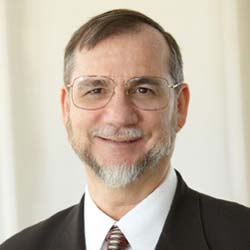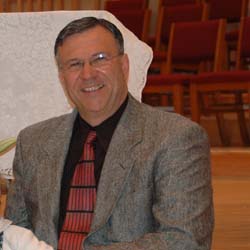FCC Rule May Impact Churches and Schools
 By Celeste Ryan Blyden
By Celeste Ryan Blyden
Under a new Federal Communications Commission (FCC) rule, anyone using a wireless microphone that operates in the 700 Mhz Band must stop using it by June 12. The FCC is allocating this frequency to public safety entities—police, fire and emergency services—as well as commercial providers of wireless services, such as AT&T, Verizon, etc. While the ban only applies to wireless microphones that operate in the 700 Mhz Band—between 698 and 806 MHz—churches, schools, conference offices and other organizations using it could hamper the work of public safety officials. “This largely affects those who have had their equipment for five or more years,” says Harold Greene (pictured), director of Information Technology Services for the Columbia Union Conference. “To avoid problems, it’s important to check.”
To help users know if they own the equipment in question, the FCC has set up a website—fcc.gov/cgb/wirelessmicrophones—with a comprehensive list of microphones that operate at the newly banned frequency.
Gary Lunsford (pictured below), a Sligo church member and owner of RTZ Audio Visual in Elkridge, Md., suggests they look at the numbers on the back of their wireless microphone receivers. “If it’s higher than 698 MHz, than you’ll need to purchase new microphones,” he says.
Before recycling the equipment, the FCC advises users to contact manufacturers and inquire about the possibility of retuning or trading in the old system.
 Lunsford, who has designed and installed audio visual systems for hundreds of Adventist organizations, including the General Conference, Washington Adventist University, Kettering Medical Center, and most recently, Loma Linda University, can help churches determine if their equipment should be replaced and guide them through that process. Email him at rtzav.com or
Lunsford, who has designed and installed audio visual systems for hundreds of Adventist organizations, including the General Conference, Washington Adventist University, Kettering Medical Center, and most recently, Loma Linda University, can help churches determine if their equipment should be replaced and guide them through that process. Email him at rtzav.com or
call (800) 543-0582.

Add new comment